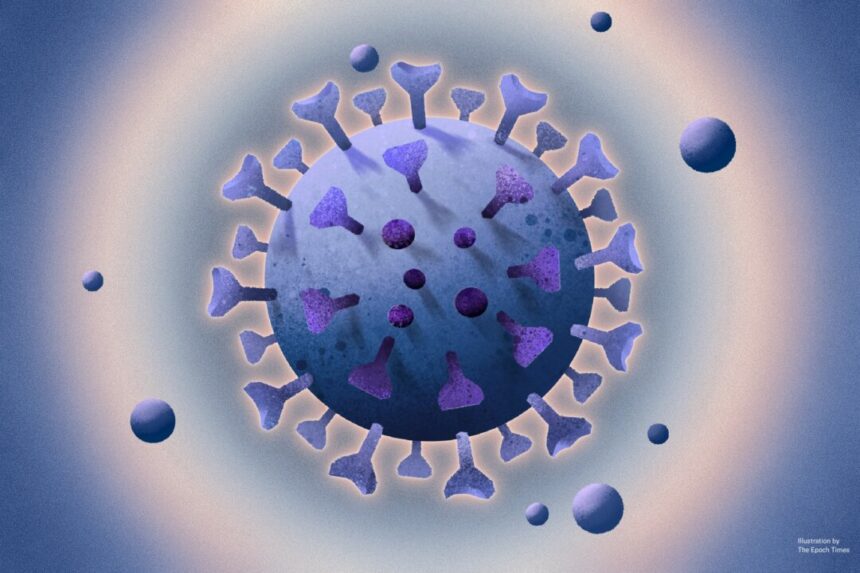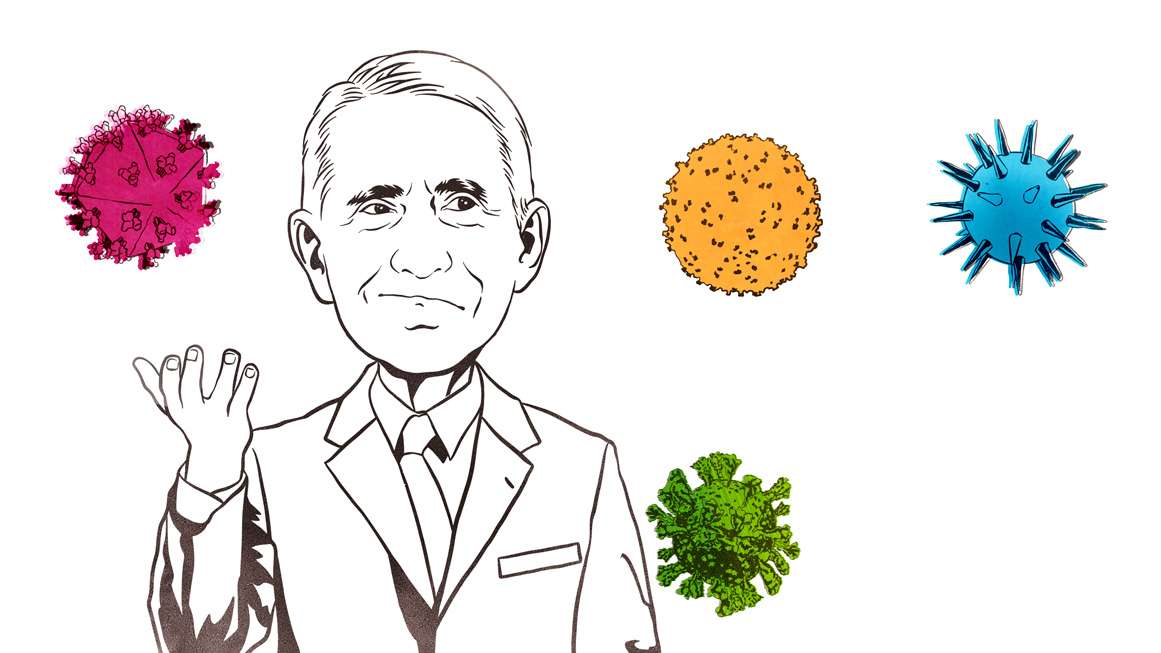The COVID-19 pandemic has ended, with a decrease in acute cases and people returning to the office. The prevalence of the virus in social media has also diminished, but there is a potential new pandemic on the horizon. Before moving forward, it is crucial to reflect on the causes of the biggest pandemic of the 21st century.
Despite four years passing, the question of how the virus made its way to humans remains unanswered. There are two main theories: natural origins and lab derivation. However, there may be a third possibility yet to be discovered.
Similar to the mythical unicorn symbolizing rarity and extraordinariness, the COVID-19 virus presents unique challenges and dangers unlike any other virus. Its pathogenicity and transmissibility are unprecedented, posing a significant threat to global health.
The virus can affect multiple organs in the body, starting in the lungs and spreading to vital organs like the brain, heart, and kidneys. Other viruses, such as SARS, affect fewer organs and are less severe compared to COVID-19.
One of the proposed causes of COVID-19 is its natural origin. Coronaviruses typically have natural reservoirs, like bats, and may jump to humans through intermediate hosts. However, no confirmed natural host has been identified for COVID-19, challenging this theory.
The virus’s spike protein binds to the ACE2 receptor in our cells, triggering inflammation and causing a cytokine storm that can lead to organ failure. The spike protein can also damage blood vessels, leading to severe complications such as heart attack and stroke.
Despite efforts to trace the virus’s origins to the Huanan Seafood Market, no definitive evidence has been found linking it to the initial outbreak. The virus’s unique features and the lack of a confirmed natural host continue to puzzle scientists, highlighting the need for further research and investigation into the origins of the COVID-19 pandemic. The virus is able to attach to host cells due to S2 acting as the base or bow that supports S1 and aids in the unlocking process. The spike protein of the COVID-19 virus can be inserted into the lock of ACE2 receptors in our bodies more easily and quickly than those of its close relatives, contributing to its high transmissibility. After attaching to the ACE2 receptor, a “scissor” enzyme called FURIN cuts between the spike protein’s S1 and S2, allowing the virus to bind to ACE2 more effectively. The insertion of 12 additional nucleotides in the spike protein’s S1 and S2 subunits facilitates human enzyme cleavage, aiding the virus in entering human cells. The unique FURIN cleavage sequence in the COVID-19 virus, along with other distinctive genetic codes, significantly reduces the likelihood of natural evolution. The Wuhan Institute of Virology (WIV), known for its bat-related coronavirus and SARS-like virus research, has been at the center of the debate on the virus’s origin. The lab-origin theory is based on the risky and unethical research practices at WIV, where virologists have been manipulating SARS-like viruses using bat coronaviruses for years. Research proposals and leaked reports suggest that WIV has been involved in gain-of-function studies to enhance the functions of bat coronaviruses, raising concerns about the origins of the COVID-19 virus. On January 1, 2019, the Wuhan Huanan Seafood Market was identified as ground zero for a severe, mysterious infection that had silently emerged in Wuhan at least two months prior.
1. U.S. scientific researchers, primarily from the University of California San Diego, analyzed genomic data from the first cases of COVID-19 and concluded that the virus likely started infecting people between mid-October and mid-November 2019 in Hubei Province, China.
2. China’s surveillance data on influenza-like illness in Wuhan, presented to the World Health Organization, showed a significant increase in cases in late November 2019, indicating a possible early spread of COVID-19. Additionally, lab test-negative ILI cases in mid-November suggested potential COVID-19 transmission.
3. Diplomats from the U.S. Consulate General in Wuhan reported an unusual outbreak in October 2019 and subsequently evacuated from China due to the escalating disease situation.
4. Surveillance reports from Italy revealed traces of the COVID-19 virus in wastewater samples as early as December 18, 2019, possibly linked to the 2019 Military World Games held in Wuhan in October.
The investigation into the origins of COVID-19 has led to speculation about a potential lab leak from the Wuhan Institute of Virology. However, there is no definitive evidence to support this claim, and uncertainties remain about the virus’s creation and transmission. The possibility of a third option, beyond natural or lab origin theories, suggests that current scientific understanding may be limited in explaining the emergence of the virus. These inquiries covered a wide range of research areas, spanning from astronomy, physics, mathematics, chemistry, medicine, life sciences, neuroscience, ecology, energy science, to artificial intelligence.
For example, the mysteries surrounding the origins of humans and human consciousness remain largely unsolved, despite advancements in research. Charles Darwin’s theory of evolution from 165 years ago still leaves many unanswered questions about the origin of various biological species. One such puzzle is the sudden appearance of flowering plants in the Cretaceous strata around 110 million years ago, referred to by Darwin as an “abominable mystery.”
These unresolved mysteries highlight the boundaries of current scientific knowledge. It is crucial to recognize that certain concepts may be beyond the scope of scientific inquiry, prompting a broader perspective. When faced with limitations, breaking through to new understandings is essential, especially in unraveling complex phenomena like the origins of life, including the emergence of the COVID-19 virus.
While the exact origins of the virus remain uncertain, attention must be given to the risky gain-of-function research conducted at the Wuhan Institute of Virology (WIV). Manipulating nature without ethical considerations can lead to unforeseen disasters, as seen with the global impact of the COVID-19 pandemic. The lack of transparency, accountability, and ethical standards within the Chinese Communist Party (CCP) have exacerbated the crisis.
A thorough investigation into the WIV’s activities and their handling of dangerous viruses is necessary to prevent future pandemics. Holding the CCP accountable for their actions, including delays in reporting and cover-ups, is crucial to ensuring global health and safety. While the ultimate origin of the virus may still be unknown, remaining open-minded, upholding human values, and learning from past mistakes are essential in preparing for future challenges. Can you please rewrite this sentence? Please rewrite this sentence.
Source link






